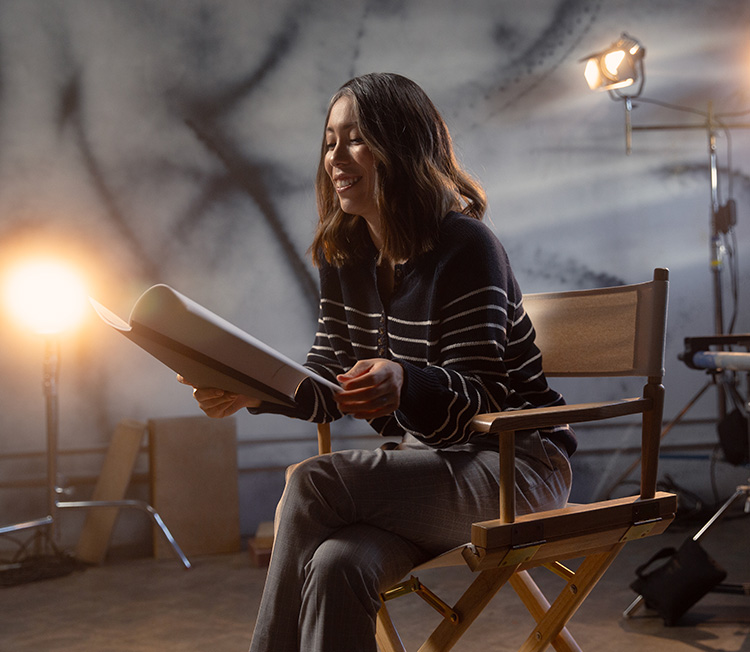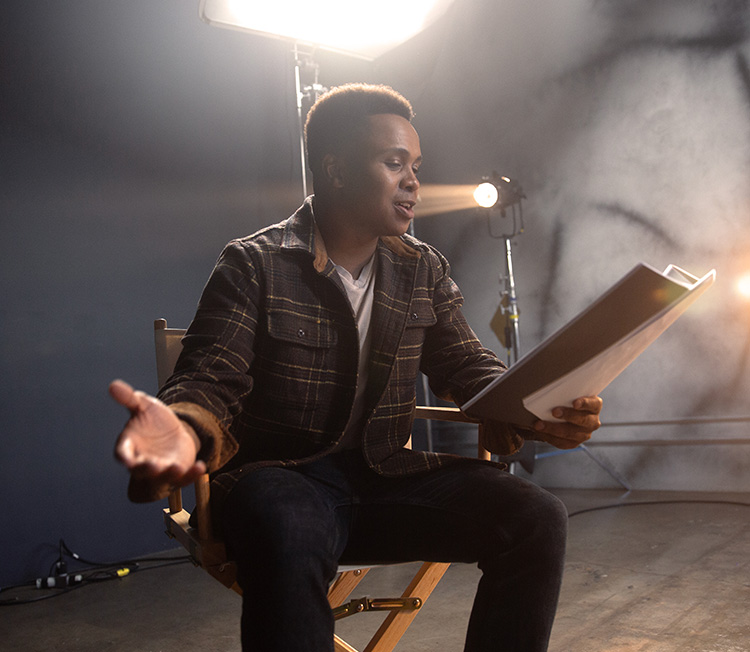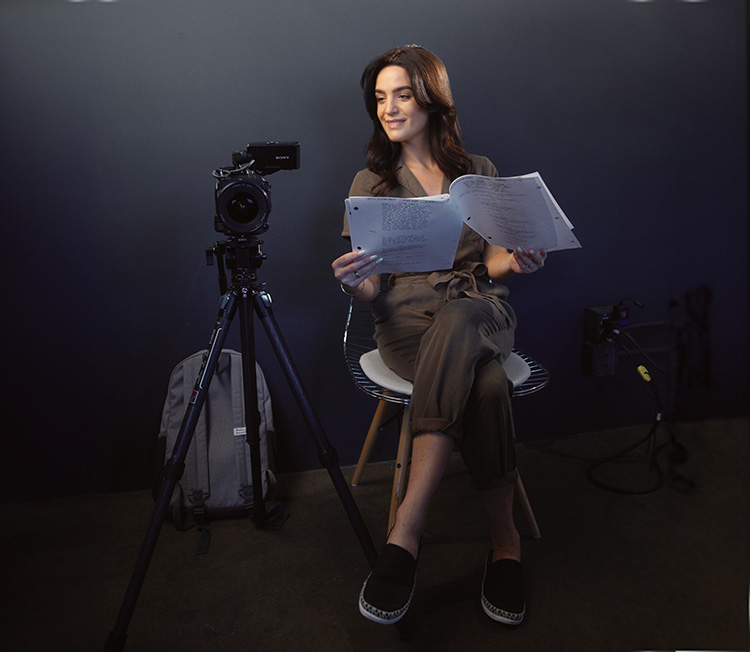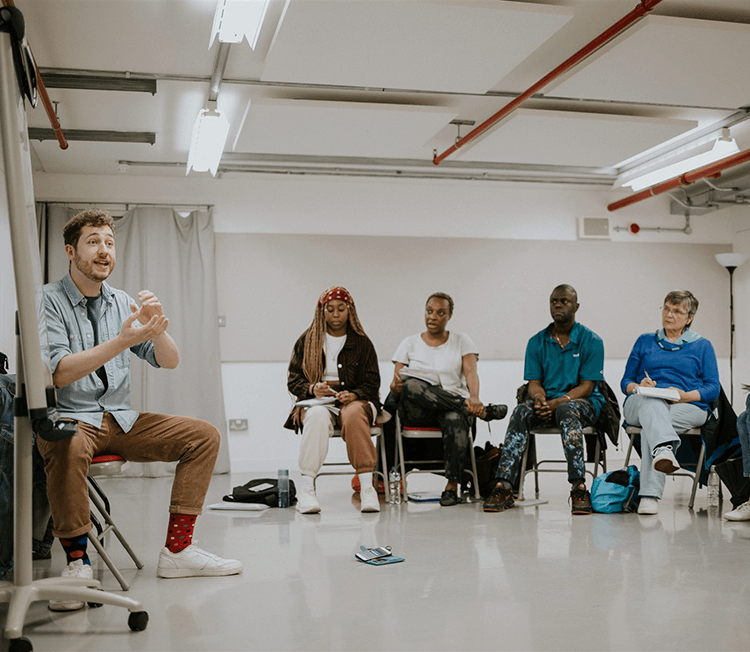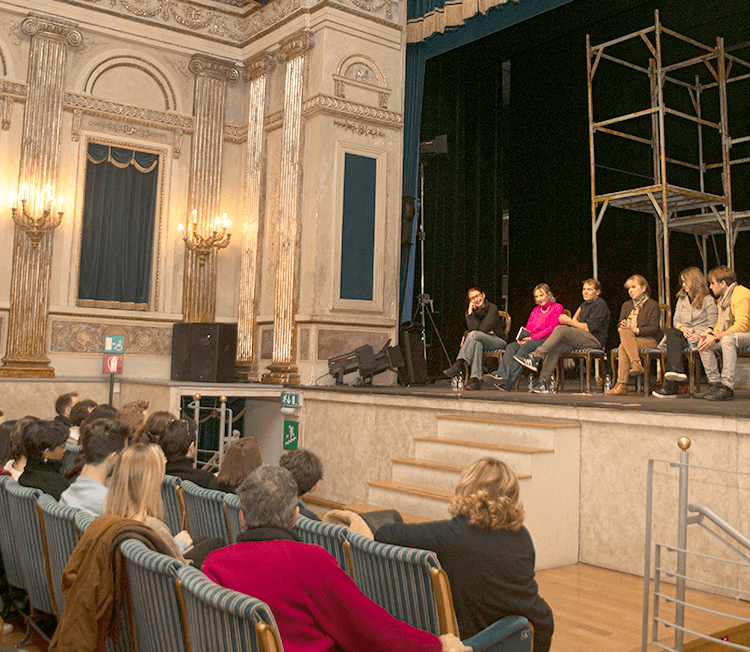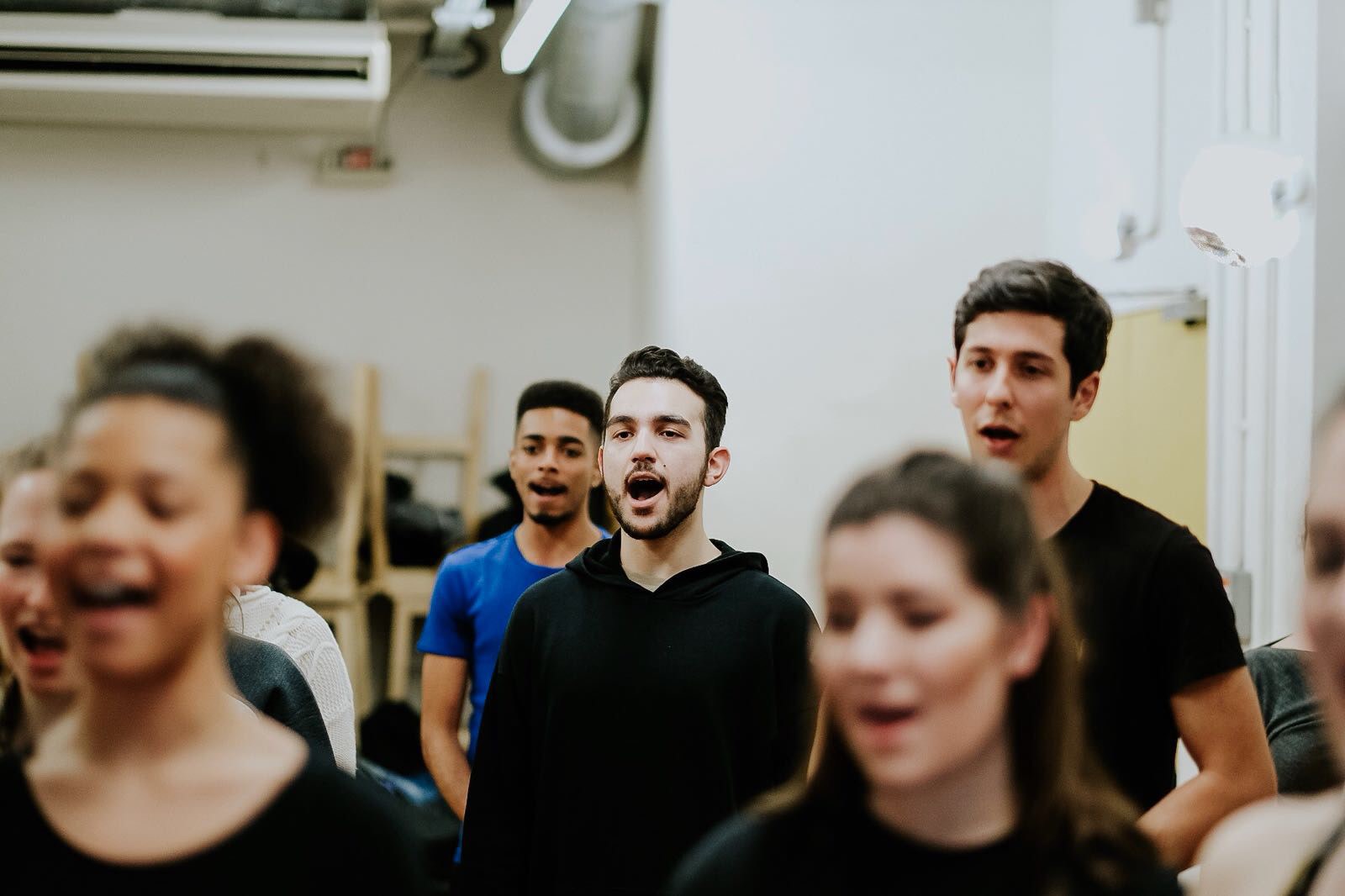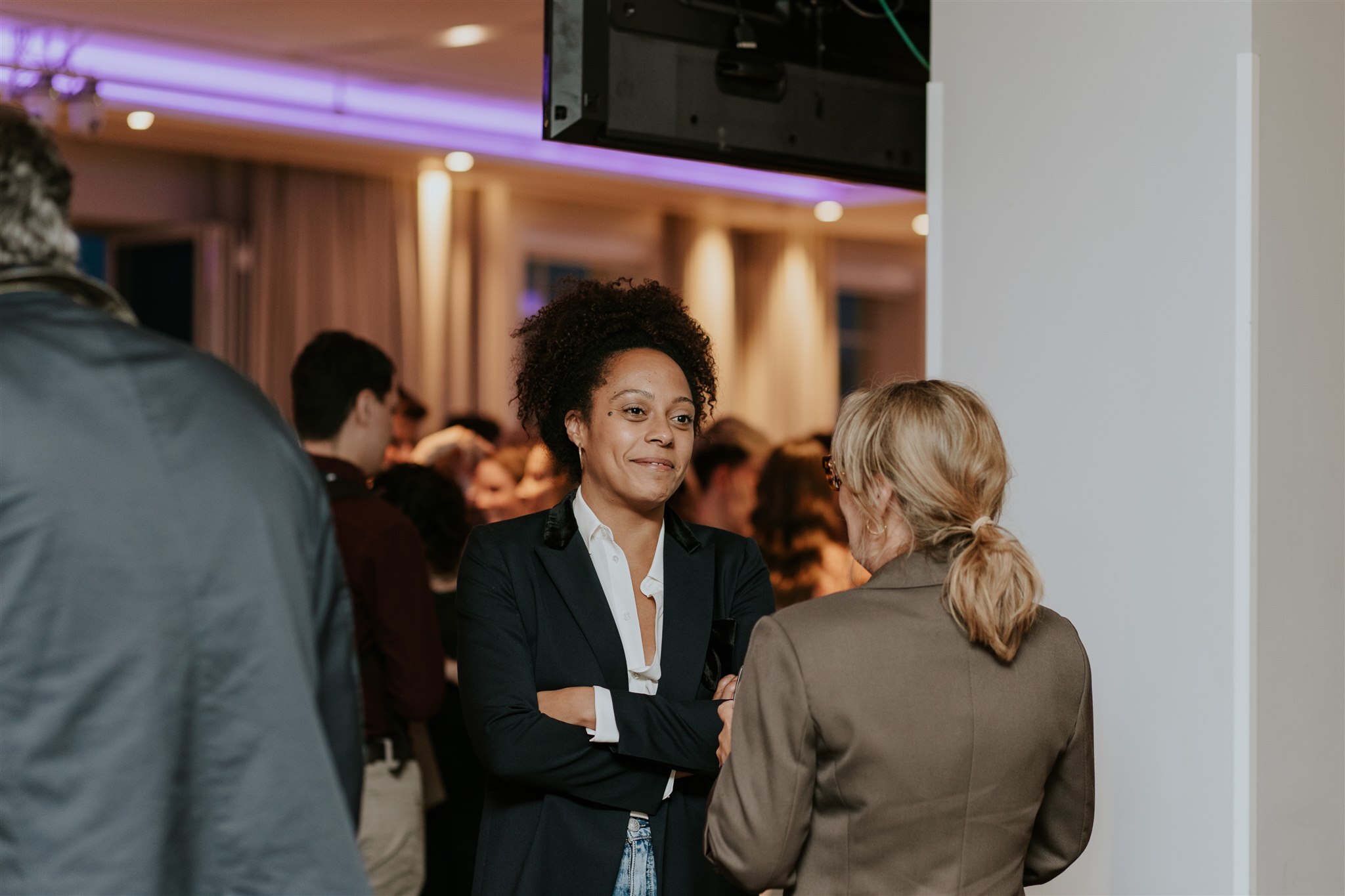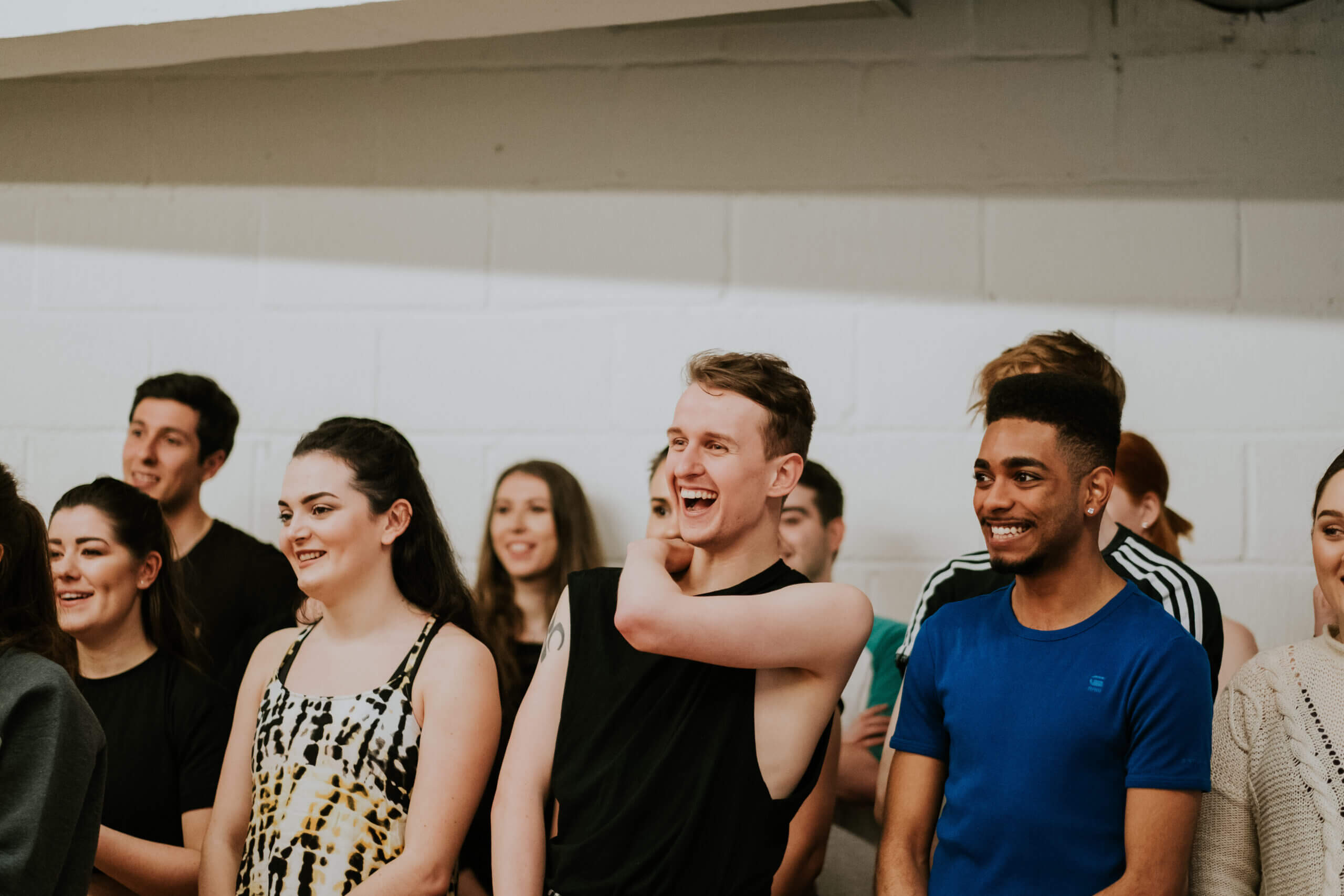Voice actor Dian Perry shares her tips for becoming an animation voice artist and doing voice over for cartoons.
If you’re reading this, chances are you’re a professional actor with a Spotlight membership. Maybe you’ve already secured your dream job and, if so, that’s terrific! But perhaps there’s another acting genre that you’ve always been curious about: what would it be like to work as a voice actor on a cartoon?
There’s nothing quite like the thrill of creating original character voices, bringing an animation script to life, and then watching the finished characters move and speak with the voices you created for them. I hear you – “Good heavens, yes! I’d love some of that! But it’s impossible to get into!” Actually, it isn’t as impossible as you might think.
Apart from some natural ability (of course), you need three key things: training, a great animation demo, and a voice agent. It may seem like a pretty steep mountain to climb, but if you’re determined and take it one step at a time, you will reach the summit.
Get Some Voice Training
Like every other corner of the acting world, if you want to work in it, you need some training. Even if you’re a seasoned pro in theatre, film or television, creating character voices and acting in front of a mic is a whole different ball game. You’ll be required to create unique voices for characters who are often larger than life, but also need to ring true. SpongeBob SquarePants may be a sponge living underwater, but he’s still a believable, walking and talking being.
You’ll also need to be able to sustain that character voice for three to four hours, embody the character (with physicality but without extraneous noise) and bring a scene off the page, while at times performing with no other actors present. Oh, and you’ll also need to employ your razor-sharp wit and comedic timing.
I know – at the beginning, it can feel a bit like juggling chainsaws. But when you work at it and improve, you’ll have the chance to use every creative cell in your body. Enrol on a course, attend workshops and get some coaching, so soon you’ll be ready to take the next step.
Create an Animation Voice Reel
An impressive animation reel is absolutely vital to getting work in this coveted field, and creating one takes thought and preparation. You’ll need to corral about eight to ten of your strongest characters, opening with the one that sounds the most like you.
Each clip should sound like it was lifted from an actual cartoon. Recording a series of ‘silly voices’ with a long, wacky music bed simply won’t cut it, so choosing the right demo producer to work with is really important too.
As for scripts, it’s best to write them yourself (who knows the characters you’re embodying better than you?), but some demo producers can help with this.
Make sure your reel demonstrates:
- Good acting
- Vocal versatility
- The ability to sustain a character
Notice that ‘good acting’ tops the list. You can perform vocal gymnastics until you’re blue in the face, but unless they’re cemented in a foundation of top-notch acting, you’re in trouble.

Only your most fully developed characters should make the cut. If you have just five excellent ones, that’s fine. Don’t pad out your reel with under-cooked characters for the sake of it! You’ll end up diluting the excellence of the others. If you know your characters so well that you can read the back of a cereal box as them, then they’re ready to go.
You can get more variety into your reel by including:
a) Different sounding characters, who
b) Inhabit different worlds, which
c) Are hosted by different channels
For example, a character in a show on Cartoon Network will be very different from a character in a show on CBeebies. Different channels (audiences) equal different cartoon worlds, which equal different sounding characters.
Look for a Voice Agent
Now that you’ve had some training and have a killer animation reel, you’ll need a voice agent in order to get auditions for the juiciest animation projects. If you don’t have a voice agent, you may still notice opportunities on Spotlight, but most high-profile projects will be cast through voice agents.
If you already have one, super! You can add your animation reel to your Spotlight profile and let your agent know you’re in the market for this type of work. If you have an acting agent who also handles voice over, that’s okay too, but keep in mind that you’ll want to showcase your reel where most animation producers are looking for talent – that’s usually voice agents.
Many voice agents want to hear a commercial demo (in addition to a specialist demo, like animation) before they’ll consider taking you on. Commercials are their bread and butter, so if they require a commercial demo, you’ll need to make sure your skills are up to it and get one produced.
How do you bag a voice agent? I’ll be honest – it’s not always easy. There are lots of actors wanting a piece of the VO pie, so you’ll need to be persistent and put in the time and effort. A large part of the work is research. Don’t just write a generic email, send it with your demo to every agent on the planet, and cross your fingers.
Research the agencies, listen to all the voice artists’ demos, and decide if and where you would fit. Then find out a specific agent name and make your approach by email. Explain that you’ve done your homework, you feel that you and they are a good fit and tell them why you believe that. Be confident without being arrogant, and be keen without being a hyperactive chihuahua. As you well know, agents are busy people, so be patient. If you don’t hear back in two to three weeks, follow up gently.
Once you’ve secured a voice agent, they’ll contact you about animation castings. Initially, your reel will be submitted, but you may also be asked to record an audition before you meet with the producer for a callback. Once you’ve been cast in a role, you can be sure that you’ll be called upon to perform various other incidental characters, so be ready to create fresh character voices on the spot.
Voice acting for animation is incredibly fun and rewarding, so if you’ve ever dreamed of doing it, get your gear together and join us!
Take a look at our website for more advice on voice over, including how to get started as a voice actor and tips for recording your voice at home.
Dian Perry is a US voice actor, teacher and voice over coach based in London. Her animation credits include 64 Zoo Lane (US version), Watch My Chops, Dork Hunters from Outer Space, The Woodlies and many more. As a teacher, she has facilitated workshops in the UK for A1 Vox Studios, Bristol Old Vic Theatre School, CPA Studios, Alex Reed Academy, The Showreel, The Courtyard Theatre School, City Lit, The VoiceOver Network and in Latvia for the Riga International Film Festival. Dian also conducts one to one voice over training from The Shed Studio in East London. To book a free 15 minute phone consultation, email dian@dianperry.com or visit DianPerry.com.

